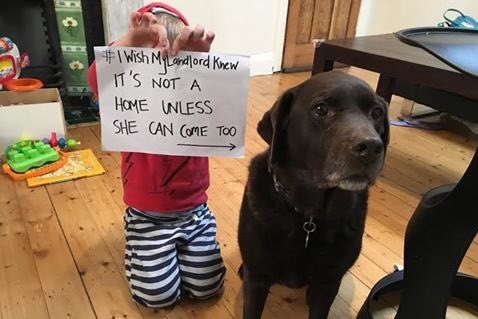First-home buyers would be hardest hit if lending was curbed: experts
First-home buyers could be some of the hardest hit if Australia’s banking regulator responds to calls to limit home lending, experts say.
Almost every corner of the Australia’s property market has taken off since the end of last year, with home values rising at their fastest past in 32 years in March, according to CoreLogic figures released on Thursday.
Some major banks have begun revising forecasts, expecting Australian property prices to rise close to 20 per cent by year’s end.
Surging prices and expectations that it will continue to run up for some time this year have become a cause for concern with fears the market will price out many home-owning hopefuls, especially prospective first-home buyers.
As a result, there has been growing pressure on the banking regulator – the Australian Prudential Regulation Authority – to step in and curb banks lending money to buyers who are stretching themselves to their limits.
But Alison Pennington, senior economist at the Australia Institute’s Centre For Future Work, said first-home buyers would be the biggest losers if that happened.
“It would have unequal and unfair consequences on people trying to get into the market if they increase the size of deposit to the size of the loan,” Ms Pennington said.
So far, the banks have pushed back, insisting they have not seen a rise in risky loans yet, and that they will continue to keep track of loans with high loan-to-value ratios and debt-to-income ratios, which are ticking up.
In the past, the regulator has put the brakes on. When there was an investor-led boom between 2015 and 2017, it successfully put a lid on interest-only loans and the number of investor home loans on banks’ mortgage books, according to Westpac senior economist Matthew Hassan.
Since both those measures were removed in 2018, investor loans and interest-only loans have remained well below those caps at “feeble” levels, Mr Hassan said.
This time though, those caps may not be needed at all because the current boom has so far been led by home-owners and fuelled by ultra-low interest rates, he said.
It all depends on how the property cycle’s upswing pans out from here, Mr Hassan said, which would determine the tools the regulator would use to slow lending.
APRA chairman Wayne Byres said last week it would be “giving careful thought to which tools might work” to rein in excessive risk-taking in the housing market. The Reserve Bank said in its monthly statement on Tuesday it will be “monitoring trends in housing borrowing carefully” and emphasised the importance of maintaining lending standards.
If macro-prudential rules were put in place — such as limits on big loans with small deposits, or increases to the repayment buffer — it would take a toll on borrowers in general but especially first-home buyers, according to Brendan Coates, household finances program director of the Grattan Institute.
“It’s fair to say that first-home buyers typically are disproportionately affected by macro-prudential rules because they tend to have smaller deposits and take out larger loans relative to their income,” Mr Coates said.
“These tools are not costless. That’s why APRA is reluctant to use them unless they are worried about financial stability.”
But the value of new loan commitments to owner-occupiers fell 1.8 per cent in February, the first fall since May 2020 despite remaining 55.2 per cent compared with a year ago, according to figures released on Thursday by the Australian Bureau of Statistics.
The number of home loans to first-home buyers also fell by 3.3 per cent in February, the first fall since May 2020, despite remaining at historically elevated levels.
At the same time, the value of investor home loans rose 4.5 per cent to be 31.6 per cent than in February 2020.
With the rise of investor loans, charging higher interest rates or capping loans was a better way of addressing the issue, said Ms Pennington.
“If APRA targeted their credit policy to limit the extension of credit to investors, that is people who are buying investment properties, that would open up inner-city and suburban homes to first-home buyers.”
Lending reform targeting investors in 2017 was a good example of limiting credit growth that did not affect first-home buyers, according to CoreLogic’s head of residential research Australia, Eliza Owen.
“I don’t know if first-home buyers would be completely untouched by for example a limitation of debt to income ratio,” Ms Owen said. “It could slow activity among multiple property purchasers to first-home buyers on lower incomes.”
Originally published by Domain
By Tawar Razaghi




